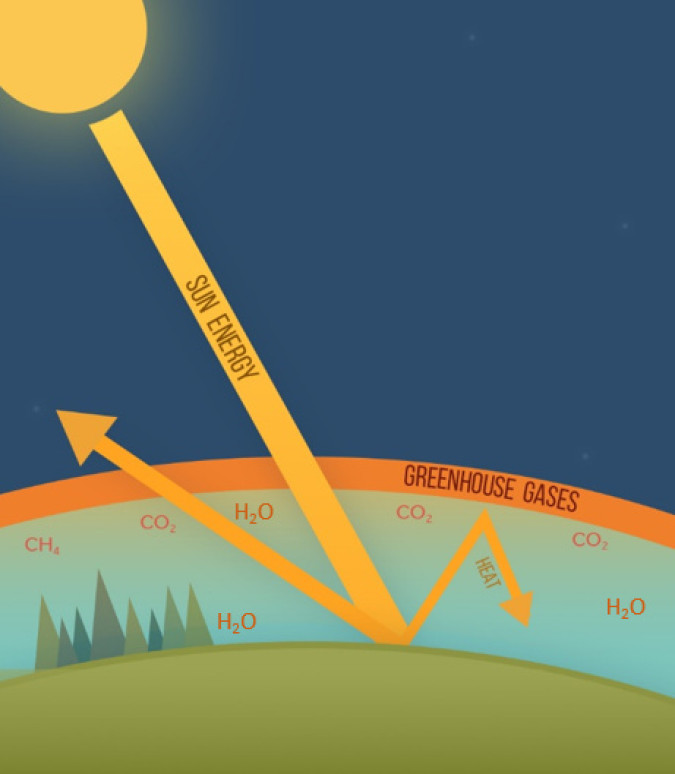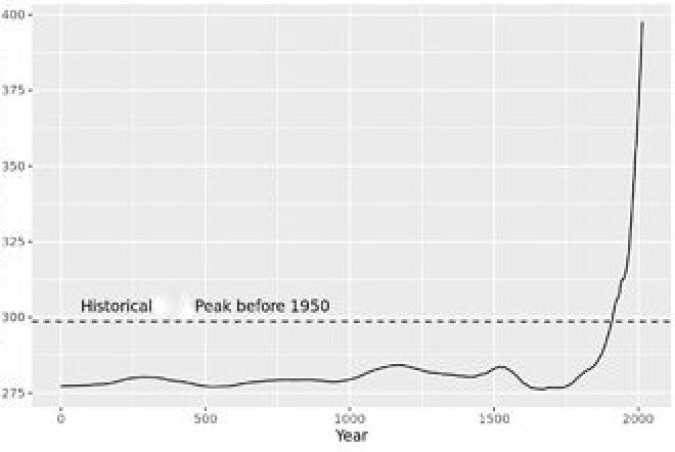Questions
14
How exactly is our planet heated? Are greenhouse gases actually good for us? What kind of rays does the Sun emit? And how does water — besides hydrating us — also help warm us?!


What is the primary source of energy that warms the Earth’s surface?
What is the solar radiation that reaches our Earth made of?
How exactly does the sun heat our Earth’s surface?

Which phenomenon describes the trapping and re-emission of infrared radiation (heat) by the Earth’s atmosphere?
What exactly are greenhouse gases (GHG)?
How important are the greenhouse gases for life on earth?
Which of the following gases contributes the most to the greenhouse effect?
Since the greenhouse effect is important for our planet (in a good way!) and the most significant greenhouse gas is water vapour (H₂O), why do we worry about carbon dioxide (CO₂) and methane (CH₄) ???
How exactly does the greenhouse effect amplify the warming initiated by direct solar heating (which, as we all know, begins with direct solar radiation)?
Approximately what is the split between direct solar heating and the warming contributed by the greenhouse effect?
What role exactly does carbon dioxide (CO₂) play in the greenhouse effect?
What does the graph below show?

What does the image below show?

Which of the following contributes the most greenhouse gas emissions globally per year?

Your answer is incorrect!
TRY AGAIN
Correct!
NEXT QUESTION